Search
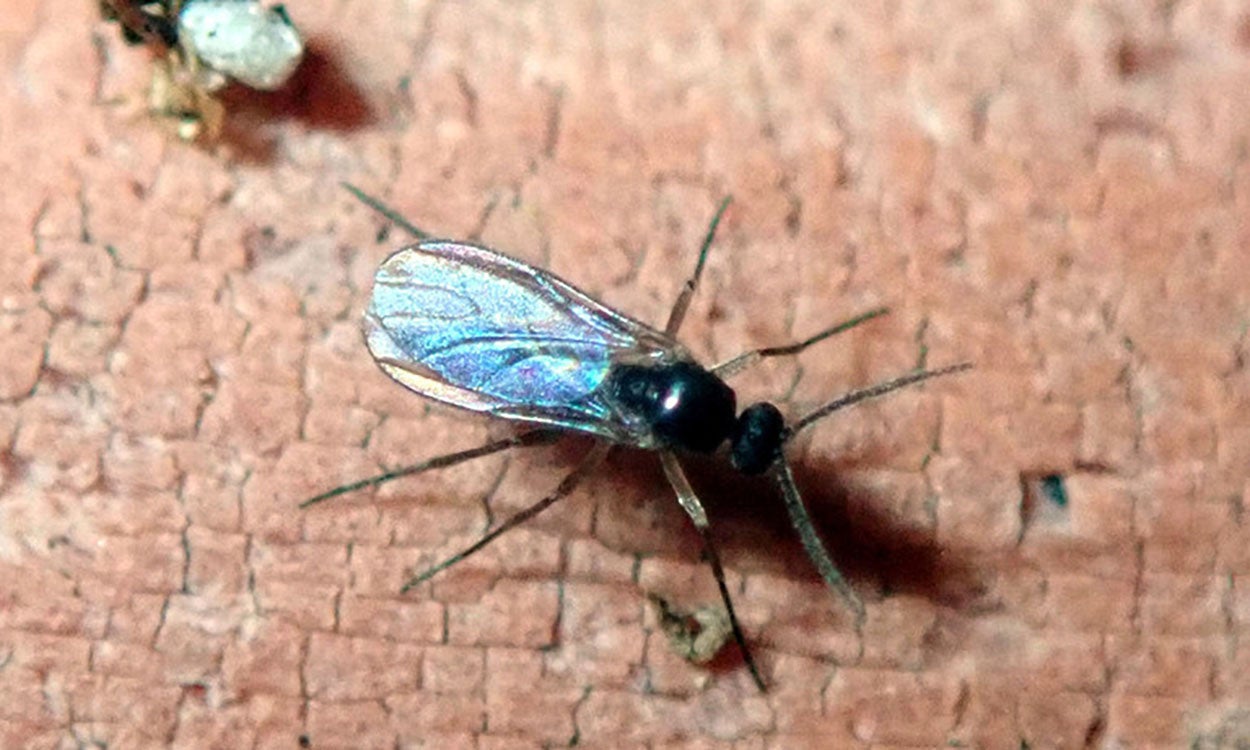
Wet Conditions Make Crop Fields Suitable for Fungus Gnats
An insect that we don’t normally receive reports about in crop fields are fungus gnats. However, the wet, cool spring here in South Dakota has led to favorable conditions in crop fields.
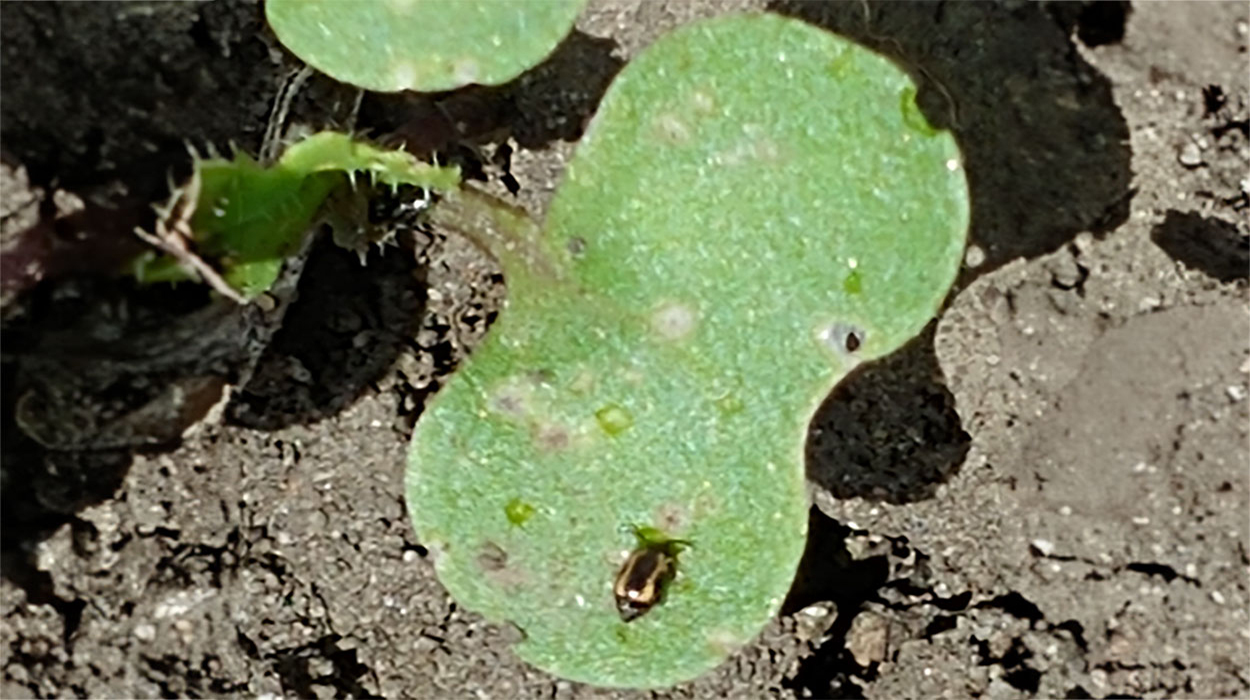
Don’t Forget to Scout Canola for Flea Beetles
Canola emergence is well underway and ahead of emergence at this time in 2023. There are three species of flea beetles that commonly infest canola and feed on the leaves.
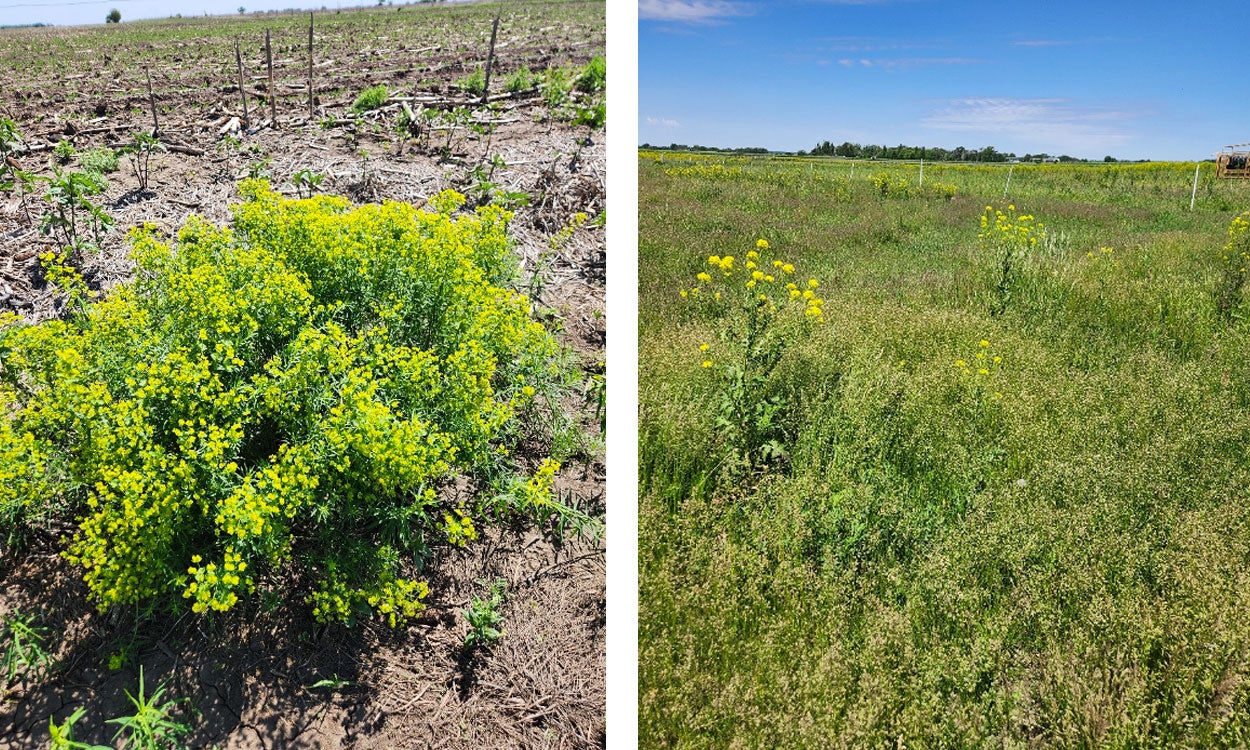
Leafy Spurge or an Imposter?
Leafy spurge is a statewide noxious weed that can be difficult to manage. However, are the recent yellow flowers appearing throughout South Dakota landscapes leafy spurge or another species?

Change in South Dakota Agricultural Land, Tenure of Farm Operation, and Producer Characteristics 2012-2022
Report using the newly released data from the 2022 Census of Agriculture to provide an update on land in farms, the number of farms, tenure of farm operations, and producers’ characteristics in South Dakota for the last ten years, from 2012 to 2022.
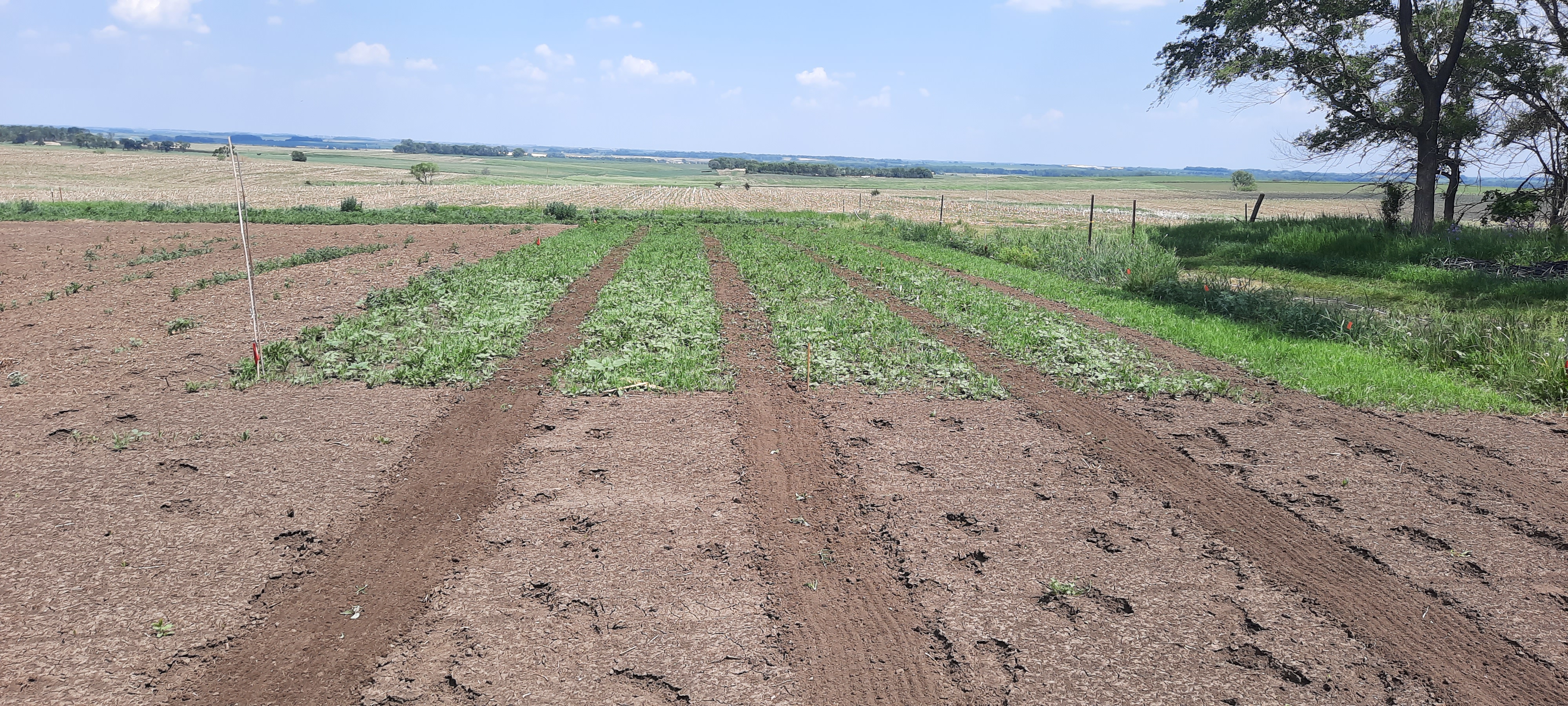
2023 On-Farm Experiences Growing Cucurbits in Newly Established Clover Living Mulch in Eastern South Dakota
Research report determining the impact of two established clover species on weed suppression, crop growth, and yield of squash.

Tan Spot of Wheat
Tan spot is a devastating disease of wheat in South Dakota and the rest of the wheat producing regions world over. It causes an estimated yield loss of about 5 percent in South Dakota but this loss can go up to 30 percent in individual fields.
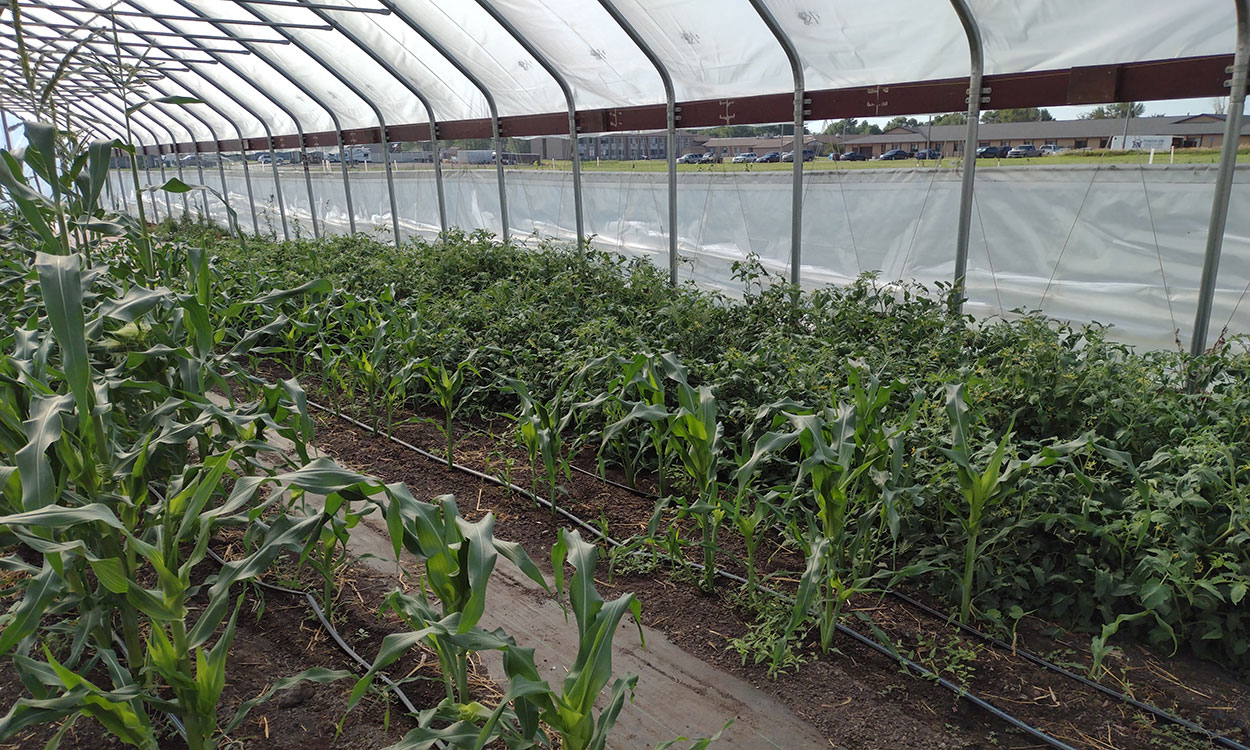
SDSU Extension 2025 Garden Hour series starts May 6
May 02, 2025
/garden-yard/problems-and-solutions
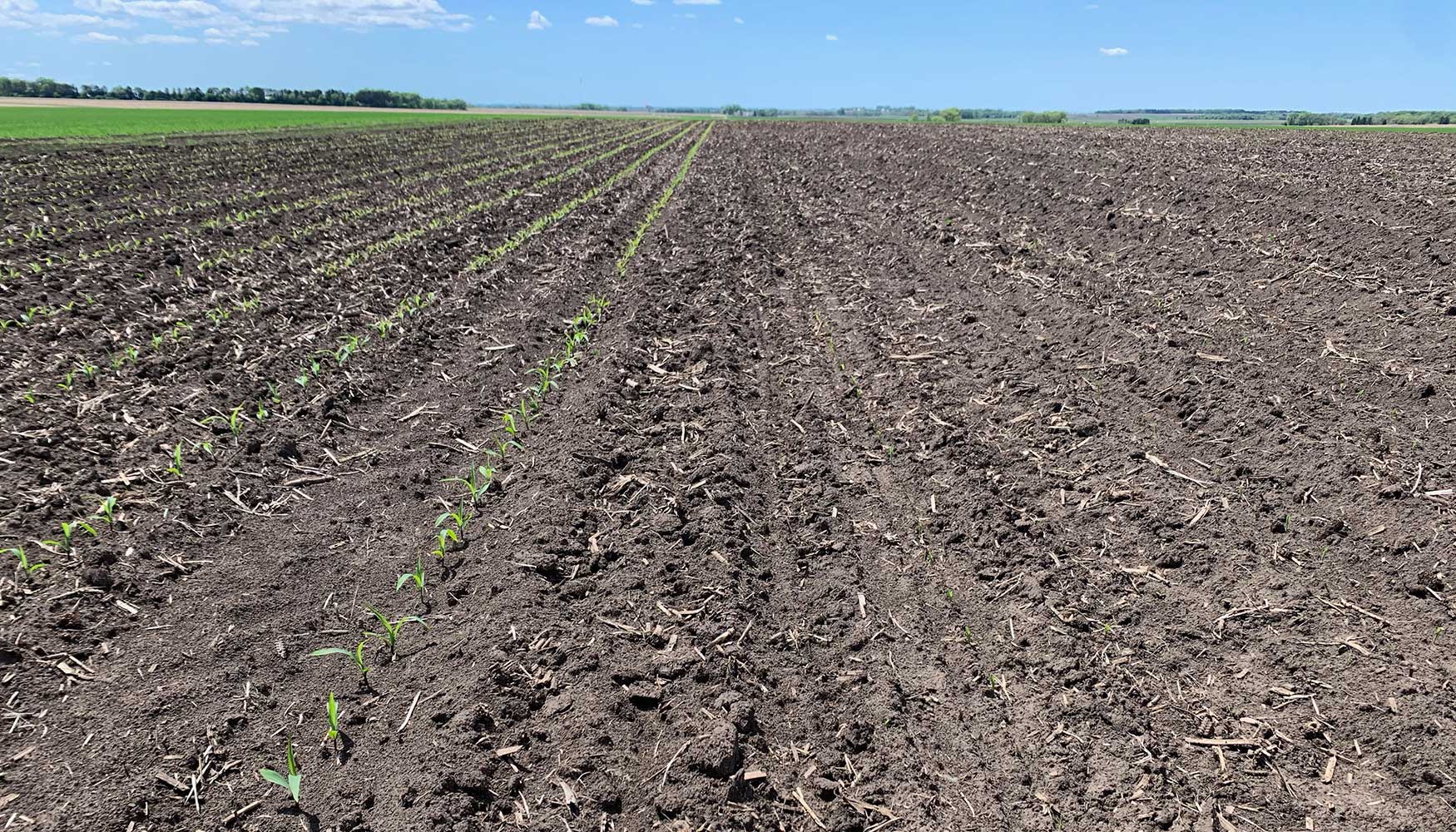
Grassy Weeds
Grassy weeds are a problem in all field crops. They must be identified at early stages of growth so they can be controlled before crop yields are seriously threatened. Control measures are not the same for all grassy weeds, so accurate seedling identification is important.
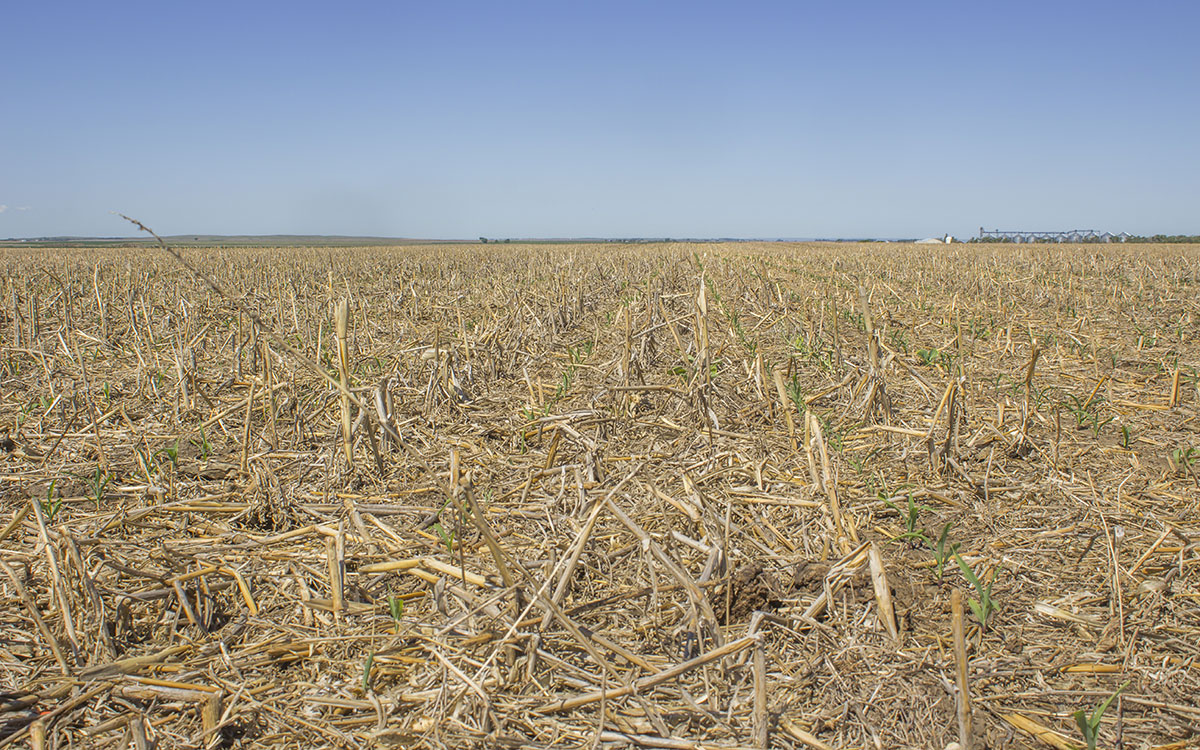
Dry Conditions May Hinder the Performance of Recently Applied Preemergence Herbicides
If a preemergence herbicide does not receive an activating rainfall, generally 0.5 to 1 inch of rain, many weeds will emerge, as the herbicide remains on the soil surface.
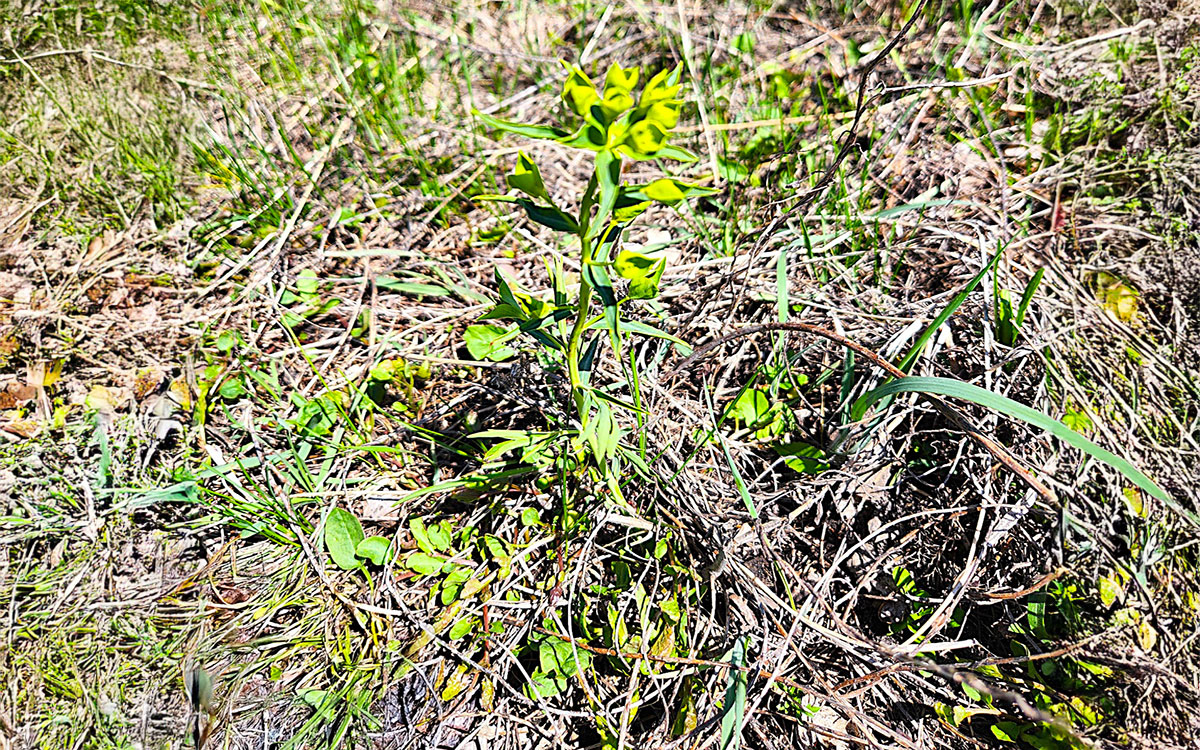
Leafy spurge has germinated and is growing rapidly in South Dakota: Scout carefully!
Leafy spurge can reduce the value and productivity of pasture and displace desirable vegetation. Now is the time to scout for infestations to determine which management tactics will be most effective.